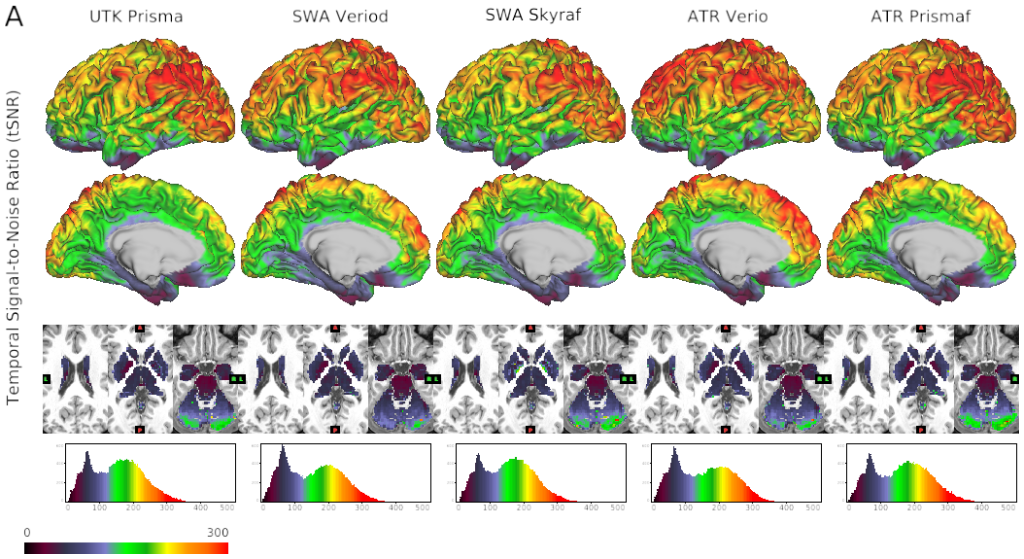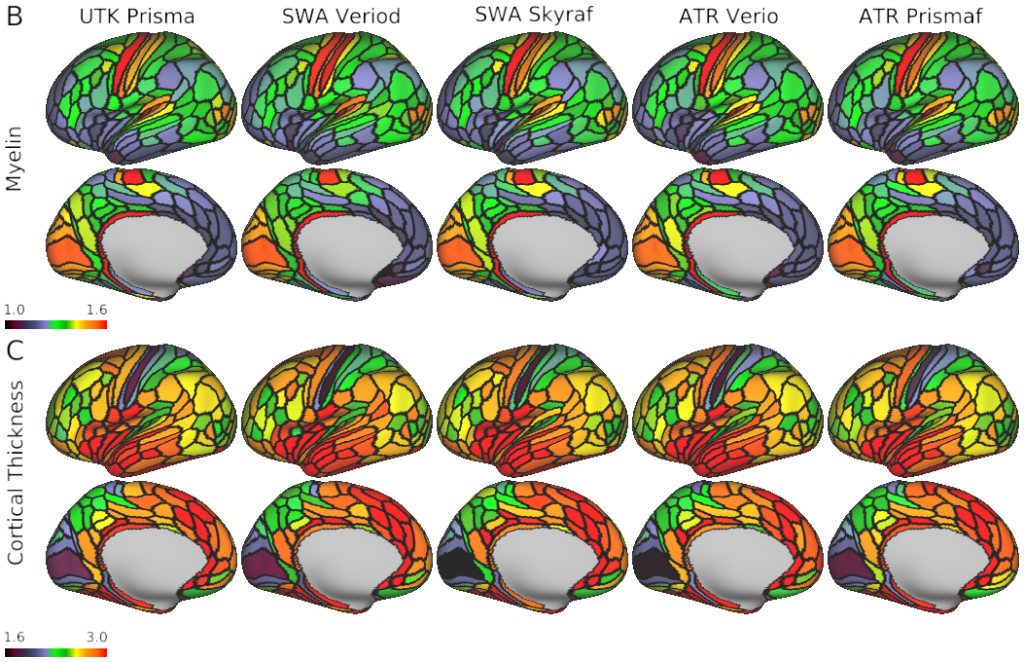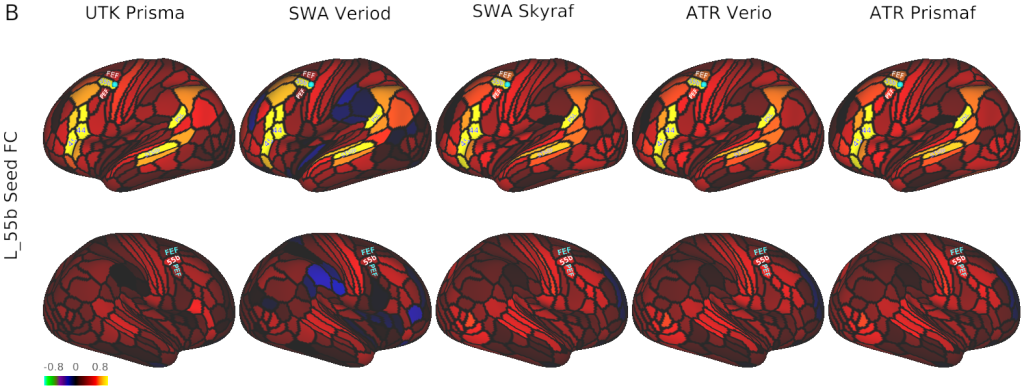FULL TITLE:
Brain/MINDS Beyond Human Brain MRI Project: A Protocol for Multi-level Harmonization across Brain Disorders Throughout the Lifespan
SPECIES:
Human
ABSTRACT:
Psychiatric and neurological disorders are afflictions of the brain that can affect individuals throughout their lifespan. Many brain magnetic resonance imaging (MRI) studies have been conducted; however, imaging-based biomarkers are not yet well established for diagnostic and therapeutic use. This article describes an outline of the planned study, the Brain/MINDS Beyond human brain MRI project (BMB-HBM, FY2018 ~ FY2023), which aims to establish clinically-relevant imaging biomarkers with multi-site harmonization by collecting data from healthy traveling subjects (TS) at 13 research sites. Collection of data in psychiatric and neurological disorders across the lifespan is also scheduled at 13 sites, whereas designing measurement procedures, developing and analyzing neuroimaging protocols, and databasing are done at three research sites. A high-quality scanning protocol, Harmonization Protocol (HARP), was established for five high-quality 3T scanners to obtain multimodal brain images including T1 and T2-weighted, resting-state and task functional and diffusion-weighted MRI. Data are preprocessed and analyzed using approaches developed by the Human Connectome Project. Preliminary results in 30 TS demonstrated cortical thickness, myelin, functional connectivity measures are comparable across 5 scanners, suggesting sensitivity to subject-specific connectome. A total of 75 TS and more than two thousand patients with various psychiatric and neurological disorders are scheduled to participate in the project, allowing a mixed model statistical harmonization. The HARP protocols are publicly available online, and all the imaging, demographic and clinical information, harmonizing database will also be made available by 2024. To the best of our knowledge, this is the first project to implement a prospective, multi-level harmonization protocol with multi-site TS data. It explores intractable brain disorders across the lifespan and may help to identify the disease-specific pathophysiology and imaging biomarkers for clinical practice.
PUBLICATION:
Neuroimage: Clinical
- Koke S
- Tanaka SC
- Okada T
- Aso T
- Yamashita A
- Yamashita O
- Asano M
- Maikusa N
- Morita K
- Okada N
- Fukunaga M
- Uematsu A
- Togo H
- Miyazaki A
- Murata K
- Urushibata Y
- Autio J
- Ose T
- Yoshimoto J
- Araki T
- Glasser MF
- Van Essen DC
- Maruyama M
- Sadato N
- Kawato M
- Kasai K
- Okamoto Y
- Hanakawa T
- Hayashi T
- Advanced Telecommunications Research Institutes International (ATR)
- Kyoto University
- University of Tokyo
- Washington University in St. Louis
- Siemens Healthcare K.K, Tokyo, JP
- National Center of Neurology and Psychiatry, Tokyo, JP
- National Institute for Physiological Sciences, Okazaki, JP
- Tamagawa University Brain Science Institute
- RIKEN
- Hiroshima University




